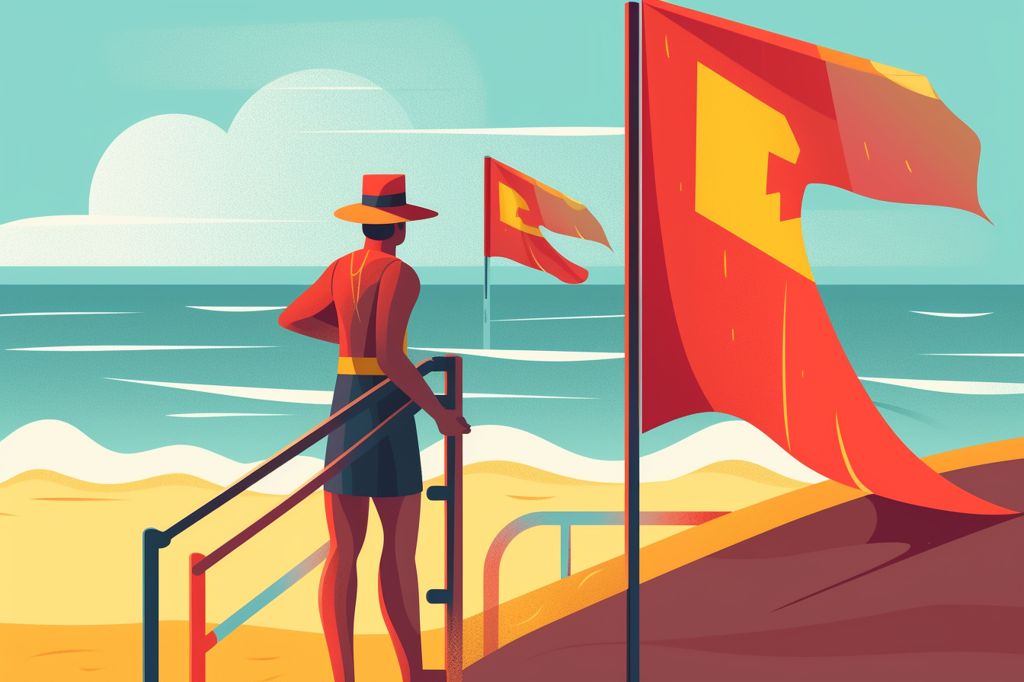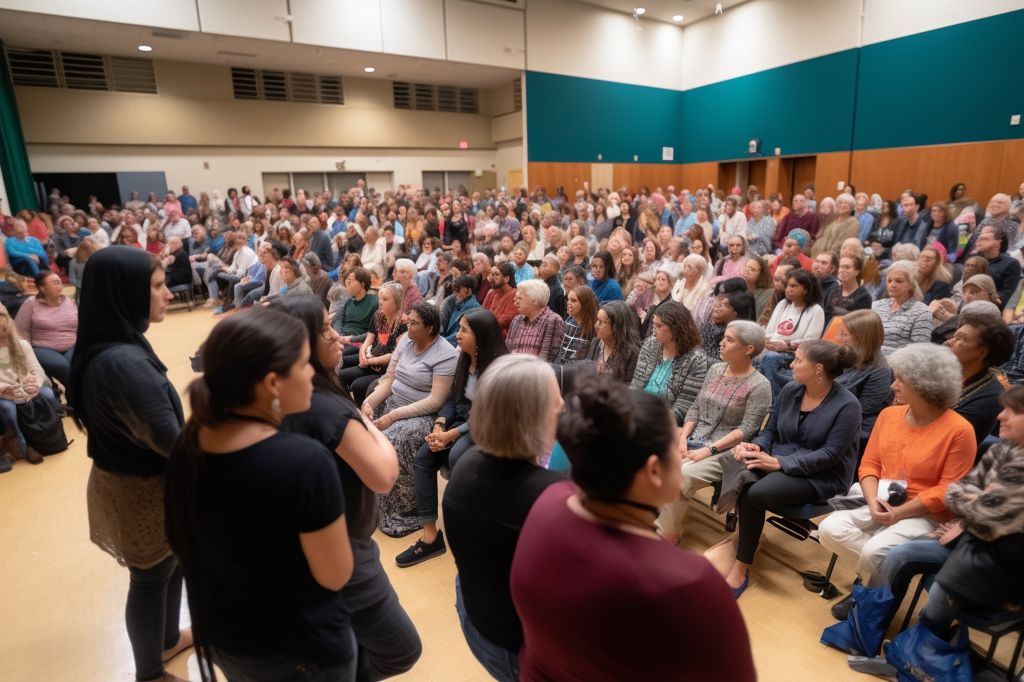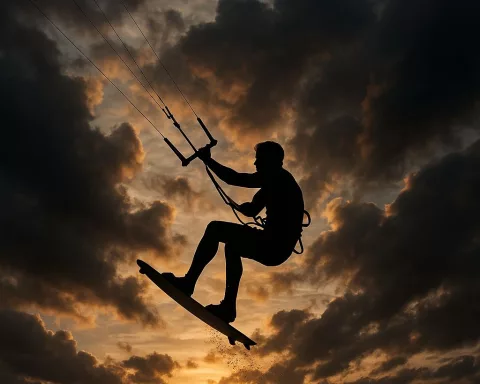A beach is a place of fun and relaxation for many of us, but it can also be dangerous. That is why the National Sea Rescue Institute (NSRI) in South Africa is an essential organization that provides lifeguard services to beaches and inland dams nationwide. These lifeguards are highly skilled and dedicated professionals trained to prevent drownings and accidents and perform rescues when necessary. In this article, we will take a closer look at the daily routine of an NSRI lifeguard.
The Rigorous Training Program
To become an NSRI lifeguard, one must undergo a rigorous training program that prepares them to handle any situation that may arise. The training includes classroom instruction, physical training, and on-the-job experience. Once the training is complete, the lifeguards are ready to keep the beachgoers safe.
A Look at a Typical Shift
There is no such thing as a typical day in the life of an NSRI lifeguard on duty, but there are structured protocols that are always followed. The lifeguards arrive at their assigned beach anywhere from 8:00 am to 9:30 am, depending on the day or requirements for the beach. They then conduct a structured briefing covering the necessary pre-duty protocols and team briefing.
The Lifeguard Reporting App
Before active duty starts, one or two lifeguards will begin watching the beach while the rest go through a checklist to ensure that all equipment is working and that there are enough supplies. Then, they’ll find the best place to swim and mark it with red and yellow lifeguard flags. They’ll also put signs up and down the beach and tools like rescue buoys on the beach so they can respond quickly. In addition, the NSRI lifeguards must record beach statistics on a lifeguard reporting app designed by the operations manager. This app allows the team to keep track of all the necessary data to keep the beachgoers safe.
The Role of Lifeguards
During the day, lifeguards will tell people to swim between the flags, talk to beachgoers about dangers, warn about rip currents, move signs around the beach to show dangers and discourage swimming, or even close the beach if the weather is terrible or a shark has been seen. Lifeguards in a tower or on watch duty scan and watch the water. They know to look for specific trends that let them know quickly if someone is in trouble.
The Importance of Rotation
One of the critical aspects of the NSRI lifeguard’s routine is role rotation. In the heat, the main savior stands by the flags, ready to run into the water if needed. However, they can get tired, so roles are switched every 30 minutes to keep everyone on the team fresh and ready to do their best work.
Conclusion
The NSRI lifeguards are true heroes who deserve appreciation and gratitude for their dedication and commitment to keeping the beachgoers safe. From their rigorous training program to their daily routine, every aspect of their work is essential in preventing accidents and saving lives. In addition, their work is a reminder that the beach is a beautiful but dangerous place that must be approached with caution and respect.












